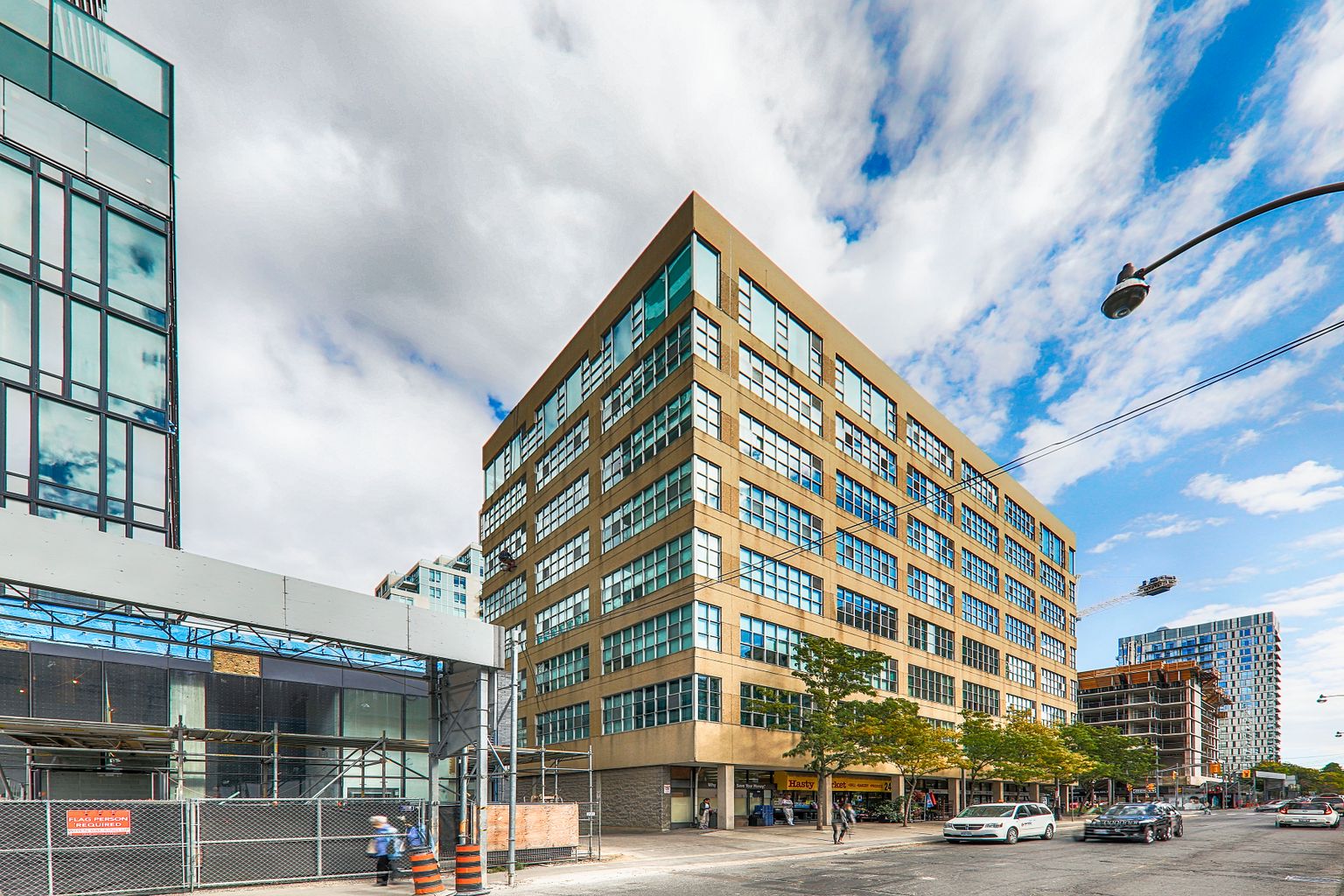The Hard Facts on Hard Lofts
You know you want one… As Toronto’s sommelier’s of lofts, allow us to explain the different varieties on offer.
 Written By Jenn Costigan
Written By Jenn Costigan What Type of buildings get converted to hard lofts, and which one is for you?
Naturally, the types of buildings that developers see as potential homes have a lot to do with the history of a particular area. Want a loft in Wales? Perhaps you’ll find one set within a 13th century castle.
A major source for the hard lofts on the market today comes from Toronto’s industrial period—or rather the deindustrialization that followed.
Okay, so this might be somewhat of a stretch. However, a look back to Toronto’s activity in the late 1800s and into the 20th century does prove something about our own hard loft conversions. A major source for the hard lofts on the market today comes from Toronto’s industrial period—or rather the deindustrialization that followed.
Industrial Conversions
This type of hard loft may be the most popular in Toronto, however its higher quantity does not equate to commonness or repetition. Even within the category itself, industrial hard lofts manage to distinguish themselves by way of the authentic features that remain.
Former warehouses regularly offer high ceilings and—you guessed it—warehouse windows. Some, like the Foundry Lofts at 1100 Lansdowne, play with space: the former train manufacturing facility contains a 16,000 square foot atrium that doubles as an event space for residents to use. Others incorporate freight elevator shafts into contemporary living spaces, such as the Candy Factory on Queen Street West.
Choose an industrial hard loft if: natural light is a priority and the thought of decorating around exposed ductwork, brick, wooden posts and beams, or concrete columns excite you.

Sacred Spaces
Romantic to some, yet sacrilegious to others, church-to-loft conversions aren’t for everyone. These are slightly less common, but nonetheless a noteworthy facet of the Toronto hard loft market. And although many of these are lacking in inventive names (we’re talking about you, Church Lofts), they are all truly remarkable in style.
Lofts created out of former churches benefit from stylistic elements such as stained glass, vaulted ceilings, and even repurposed bell towers. Plus one of these buildings, the Glebe Lofts at 660 Pape Avenue, still functions as a place of worship. Those who want to hit snooze and still attend mass may be in luck after all.
Choose a church conversion if: the thought of contractors tearing religious ephemera from the walls during the renovation process doesn’t make you queasy.

Office Spaces
Another, even more sporadic, type of hard loft is the office conversion. Some may not consider these to technically qualify as hard lofts, as the category typically refers to buildings whose previous functions were industrial in nature. In fact, these types wouldn’t even consider church conversions to be the real deal, but we’ll continue on for the remainder of our readers.
Offices-turned-residences often feature those high ceilings and certain exposed elements desired by loft-seekers, however some can appear less exciting than an authentic 19th century factory conversion. For example, the original building that now houses the Soho Lofts was built in 1993, around the time that some of the first conversions were happening. Windows remain abundant here, while concrete floors and ceilings are often more polished looking than those found in older buildings.
Choose an office conversion if: you want your hard loft to sparkle.

Starting your search for a new home? Click on any of these links to access active listings, sold listings or contact a Strata agent.
For any questions about this article or media inquires, please email media@strata.ca

